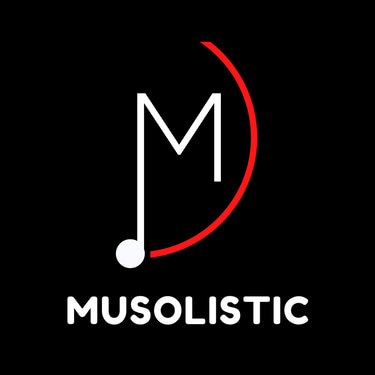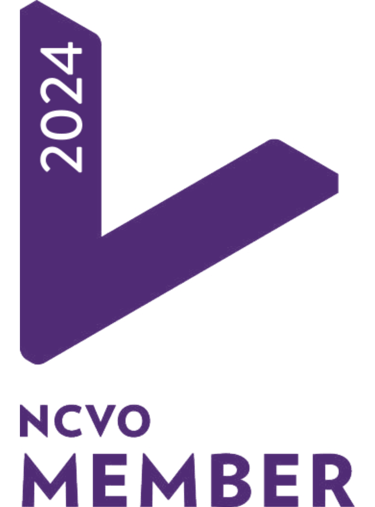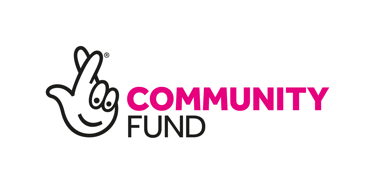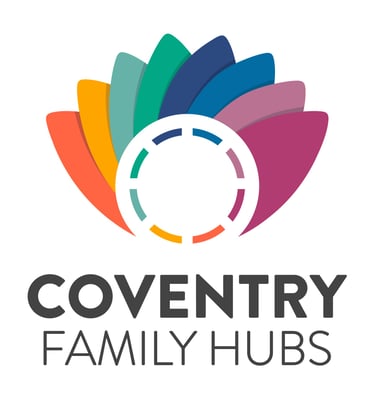The Disadvantages of Being an LGBT+ Musician
An overview of some challenges that the LGBT+ musician community faces, including discrimination.


The Disadvantages of Being an LGBT+ Musician
The music industry is a space that thrives on diversity and creativity, yet it can also be fraught with challenges for those who don’t conform to societal norms. For LGBT+ musicians, the path to success often comes with unique hurdles. While the industry has made strides toward inclusion, significant barriers persist, impacting opportunities, visibility, and mental well-being.
This blog explores the disadvantages faced by LGBT+ musicians and highlights the ongoing need for systemic change and support.
1. Facing Industry Discrimination
Despite increasing representation, discrimination remains a harsh reality for many LGBT+ musicians.
Stereotyping and Tokenism: Artists are often pigeonholed into specific genres or identities, with their queerness becoming a marketing tool rather than a respected aspect of their artistry.
Limited Opportunities: Some record labels and managers hesitate to promote LGBT+ artists, fearing backlash or reduced appeal in certain markets.
Gatekeeping: LGBT+ musicians may struggle to gain access to major platforms, with decision-makers often prioritizing heteronormative or "mainstream" personas.
This discrimination can stifle artistic freedom, forcing musicians to either conceal their identities or conform to expectations that don't align with their authentic selves.
2. Social Stigma and Homophobia
In many parts of the world, being openly LGBT+ remains controversial or dangerous, and this stigma carries into the music industry.
Public Backlash: LGBT+ musicians risk being targeted by hate speech, online harassment, and even physical threats.
Homophobic Audiences: In regions or communities with conservative values, LGBT+ artists may face hostility, boycotts, or rejection.
Isolation: The fear of judgment or exclusion can create feelings of loneliness, particularly for independent or emerging musicians without a strong support network.
3. Struggles with Representation
While progress has been made, authentic LGBT+ representation in the music industry still lags behind.
Overrepresentation of Certain Identities: While some parts of the LGBT+ spectrum receive significant visibility (e.g., gay men in pop), others—like trans, non-binary, or bisexual artists—often remain underrepresented.
Erasure: Many musicians are pressured to downplay or hide their identities to appeal to broader audiences, leading to a lack of genuine diversity.
Media Bias: Coverage of LGBT+ musicians frequently focuses more on their personal lives than their artistry, reducing them to their sexual orientation or gender identity.
4. Mental Health Challenges
The pressures of being an LGBT+ musician can take a toll on mental health.
Internalized Homophobia: Navigating an industry that still has pockets of intolerance can exacerbate feelings of shame or self-doubt.
Stress of Activism: LGBT+ artists are often expected to serve as activists or spokespeople for their community, which can be emotionally draining.
Creative Struggles: Balancing authenticity with marketability can lead to creative burnout or a sense of losing one’s artistic identity.
5. Financial Barriers
Financial inequality often compounds the challenges faced by LGBT+ musicians.
Unequal Pay: LGBT+ artists may earn less than their heterosexual and cisgender peers due to limited opportunities or discrimination.
Access to Resources: Musicians without a support system or label backing often struggle to fund their projects, particularly in marginalized communities.
Touring Risks: Touring in areas where LGBT+ rights are under threat can pose safety concerns, limiting opportunities to reach new audiences.
6. Lack of Industry Support
While there are allies and organizations that work to uplift LGBT+ musicians, systemic support is still lacking.
Limited Mentorship: Aspiring musicians may struggle to find mentors or industry veterans who understand the unique challenges they face.
Few Safe Spaces: The music industry can be competitive and unforgiving, leaving little room for queer artists to feel genuinely supported.
Inadequate Protections: Many LGBT+ artists lack the legal or institutional protections necessary to combat discrimination or harassment.
Turning Challenges into Opportunities
Despite these disadvantages, the resilience of LGBT+ musicians continues to shape the industry for the better. By addressing these challenges head-on, queer artists and allies can drive meaningful change:
Building Community: Collaborative efforts among LGBT+ musicians create safe spaces for sharing experiences, resources, and support.
Challenging Norms: By unapologetically embracing their identities, LGBT+ musicians can break barriers and redefine what success looks like in the industry.
Advocating for Inclusion: Pushing for systemic change, such as equitable representation in festivals, award shows, and media coverage, can open doors for future generations.
A Call for Change
The disadvantages faced by LGBT+ musicians underscore the need for greater inclusivity and allyship in the music industry. By celebrating diverse identities and dismantling systemic barriers, we can create a world where all artists, regardless of their orientation or gender identity, have the freedom to thrive.
LGBT+ musicians have already contributed immeasurably to the richness of global music. It’s time for the industry—and society as a whole—to fully embrace and support their voices, not as exceptions, but as vital contributors to the cultural landscape.










